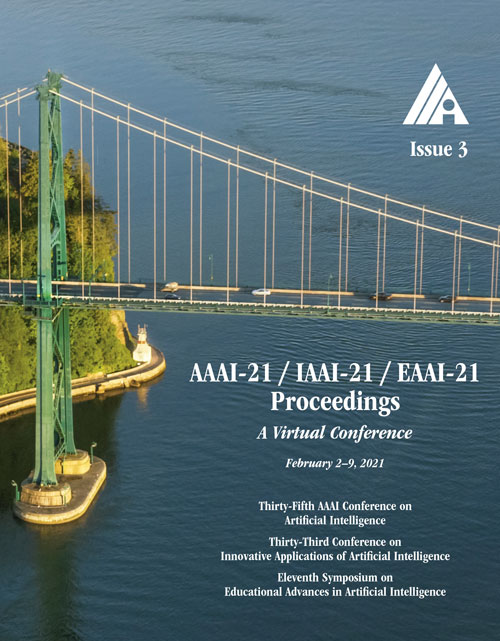Learning to Count via Unbalanced Optimal Transport
DOI:
https://doi.org/10.1609/aaai.v35i3.16332Keywords:
ApplicationsAbstract
Counting dense crowds through computer vision technology has attracted widespread attention. Most crowd counting datasets use point annotations. In this paper, we formulate crowd counting as a measure regression problem to minimize the distance between two measures with different supports and unequal total mass. Specifically, we adopt the unbalanced optimal transport distance, which remains stable under spatial perturbations, to quantify the discrepancy between predicted density maps and point annotations. An efficient optimization algorithm based on the regularized semi-dual formulation of UOT is introduced, which alternatively learns the optimal transportation and optimizes the density regressor. The quantitative and qualitative results illustrate that our method achieves state-of-the-art counting and localization performance.Downloads
Published
2021-05-18
How to Cite
Ma, Z., Wei, X., Hong, X., Lin, H., Qiu, Y., & Gong, Y. (2021). Learning to Count via Unbalanced Optimal Transport. Proceedings of the AAAI Conference on Artificial Intelligence, 35(3), 2319-2327. https://doi.org/10.1609/aaai.v35i3.16332
Issue
Section
AAAI Technical Track on Computer Vision II

